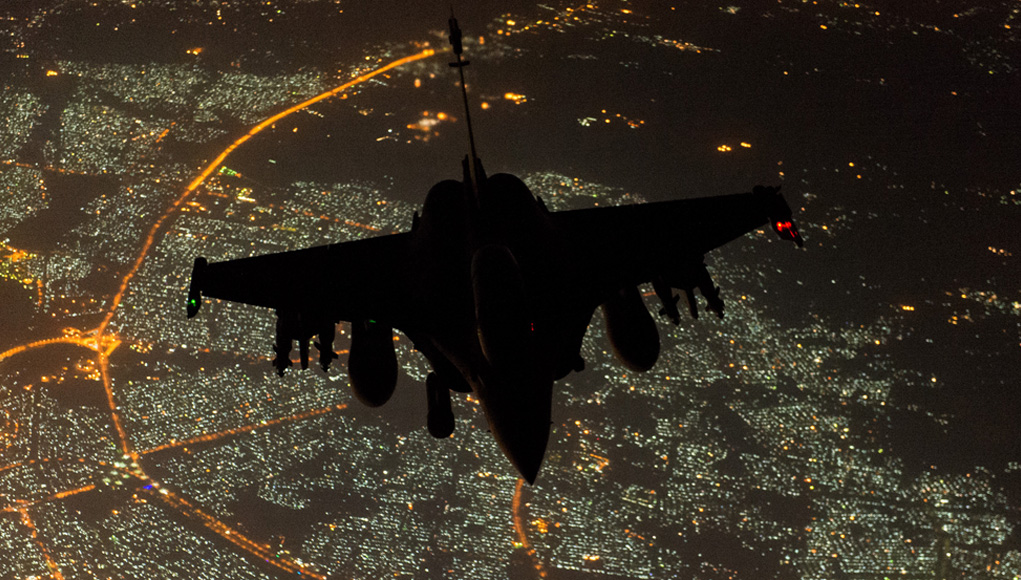
AIR AND MISSILE DEFENSE
Air- and missile-defense systems are also becoming a hot topic at the 51th Paris Air Show, following the recent selection of MEADS as the successor of the German Patriot Air-Defense Missile System.
Among the systems highlighted here are new radar systems, employing new arrays based on Gallium Nitride (GaN), enabling the fabrication of dense arrays, using smaller but more powerful transmitting arrays. Such systems also generate less noise, resulting in overall improved performance and smaller size. Typical GaN radars include the new generation of radars associated with the Patriot SAM system, the Swedish Giraffe and the Israeli Multi-Mission radar (MMR) and naval MF-STAR, associated with Barak 8 naval and land-based wide area air defense system that has already been ordered by several customers. IAI’s Elta is also unveiling the new Ultra-UHF, an ultra-long-range, early-warning radar capable of detecting stealth aircraft and missiles at long range.
Another program is also underway in Turkey, with Ankara seeking to acquire an advanced air- and missile-defense system, adding to the current capabilities it provides along with its NATO allies.
The deployment of similar weapon systems in Eastern Europe also creates opportunities for additional sales. One such program is the Polish air-defense network known as Wisla, for which the Patriot Missile system was selected, along with future PAC-4 enhancement with the Stunner missile interceptors Raytheon is developing with Rafael.
Israel itself is planning to deploy the first of two units of its David’s Sling missile system this year. The system will become part of Israel’s national, multi-layered missile-defense system protecting the country from ballistic missiles, cruise missiles, medium- and short-range guided missiles and rockets. Raytheon and Kongsberg have also partnered to enhance Norway’s air-defense system (NASAMS). The new system employs the latest command and control systems, with the extended-range version of the AMRAAM missile.
















